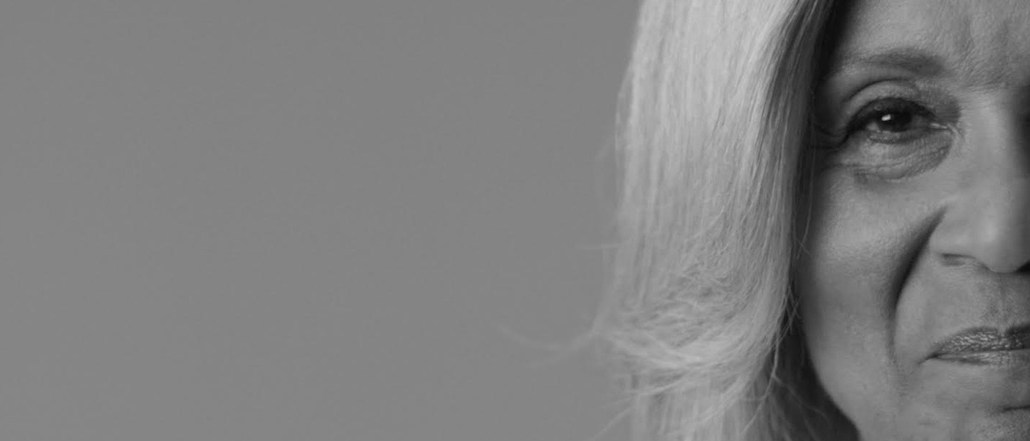
A new wave of marketing campaigns aimed at women that are above a certain age — and don’t care to hide it — is changing the cultural conversation.
On Monday, Living Proof, the high-end hair and beauty company, will launch a new campaign to promote “Timeless,” a haircare line for women over 40. The campaign, dubbed #AgeWisely, celebrates the wisdom that comes with age. It features women between 45 and 75 looking their age in videos and in non-touched up photographs that will run on paid social media platforms including Pinterest, Instagram and Facebook.
The videos feature older women in black and white with minimal branding. The idea is to put dollars behind them on Facebook, said Anne-Marie Kline, who leads marketing at the company, so that customers will be open to a message from the brand when it starts more actively pushing its “Timeless” line. For now, the main call to action is a social component that asks women to share wisdom that comes with age on the social platforms as well.
On Instagram, the brand and its agency, Mechanica, was inspired by the popular blog and book Humans of New York, and will have sponsored posts about real women over 40 with a caption about a lesson they’ve learned. The brand also plans to put some money behind Pinterest, which Kline said is the No. 1 referral source in terms of traffic to the brand’s site. “I didn’t want to junk it up and make it a brand video about features of the line,” said Kline. “We need them to tell our brand story for us. Which is why you won’t see us on Snapchat for this one.”

It’s not a new trend: brands like Unilever’s Dove have long espoused a philosophy of loving your skin and body the way it is. “Campaign for Real Beauty,” a decade-old campaign, featured at one point print and digital ads that asked if society could ever accept that “old” can also be “beautiful.” And last year, Kate Winslet asked Lancome, a brand she has modeled for, to not photoshop out her wrinkles.
More recently, social media has made body positivity a going concern for retailers. Even high fashion brands have signed older models — Celine signed Joan Didion for a spring campaign last year, and L’Oréal named Twiggy, the supermodel of the ‘60s, as its ambassador for a salon line right. Saint Laurent, for its part, picked 71-year-old Joni Mitchell as the face of a new campaign.
Consumer statistics show that boomer women wield more spending clout than any other women — those aged 50 and older control a net worth of $19 trillion, according to a MassMutual Financial Group study. One big reason is that college bills and children’s expenses are often in the past for these women, which sends discretionary spending soaring.
Libby DeLana, chief creative at Mechanica, which created the campaign, said the culture of “transparent beauty” definitely played a part in how she created this work. But, “I also feel the responsibility to wildly expand the definition of beauty in the ad industry.”
Kline agreed: “The thing is that even 20-year-olds could identify with the women here, because we’re all aging together.”
More in Marketing

TikTok pushes deeper into AI-powered ads amid uncertainty over U.S. ban
TikTok has big plans for Smart+ and search this year, despite its ongoing legal battle.

Sam’s Club sees initial success with digital checkout
Sam’s Club’s CFO said at an investment conference that “if we fast forward into the future,” there will probably be no checkout registers.

How employment is projected to transform in media during the AI era
Experts offer pointers on how to future-proof your career or re-enter the job market in a period of disruption.





